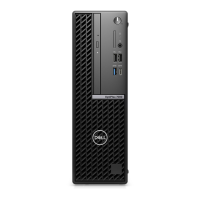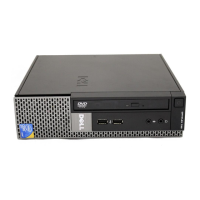Table 35. System setup options—Display menu(continued)
Display
Enable Multi-Display Enables of disables the multi-display feature of the Windows operating system.
By default, the Enable Multi-Display option is enabled.
Primary Display
Primary Display Allows the user to select which video controller will be utilized for primary display
if there are multiple video controllers in the system.
By default, the Auto option is selected.
Full Screen Logo Enables or disables the computer to display a full-screen logo, if the image
matches screen resolution.
By default, the Full Screen Logo option is disabled.
Table 36. System setup options—Connection menu
Connection
Network Controller Configuration
Integrated NIC Enables or disables the onboard LAN controller.
By default, the Enabled with PXE option is selected.
Wireless Device Enable
WLAN Enables or disables the internal WLAN device.
By default, the WLAN option enabled.
Bluetooth Enables or disables the internal Bluetooth device.
By default, the Bluetooth option enabled.
Enable UEFI Network Stack Enables or disables the UEFI Network Stack and controls the onboard LAN
Controller.
By default, the Auto Enabled option is selected.
HTTP(s) Boot Feature
HTTP(s) Boot Enables or disables HTTP(s) Boot feature.
By default, the HTTP(s) Boot option is enabled.
HTTP(s) Boot Modes Configures HTTP(s) Boot Modes.
By default, Auto Mode option is selected. HTTP(s) Boot automatically extracts
Boot URL from the Dynamic Host Configuration (DHCP).
NOTE: Provisioning of the Certificate is required to connect to HTTPs Boot
server.
Table 37. System setup options—Power menu
Power
USB PowerShare
Enable USB PowerShare Enables external devices such as phones and portable music players to be
powered or charged using the stored system battery.
By default, the Enable USB PowerShare option is disabled.
Thermal Management Enables or disables cooling of fan and manages processor heat to adjust the
computer performance, noise, and temperature.
124 BIOS Setup

